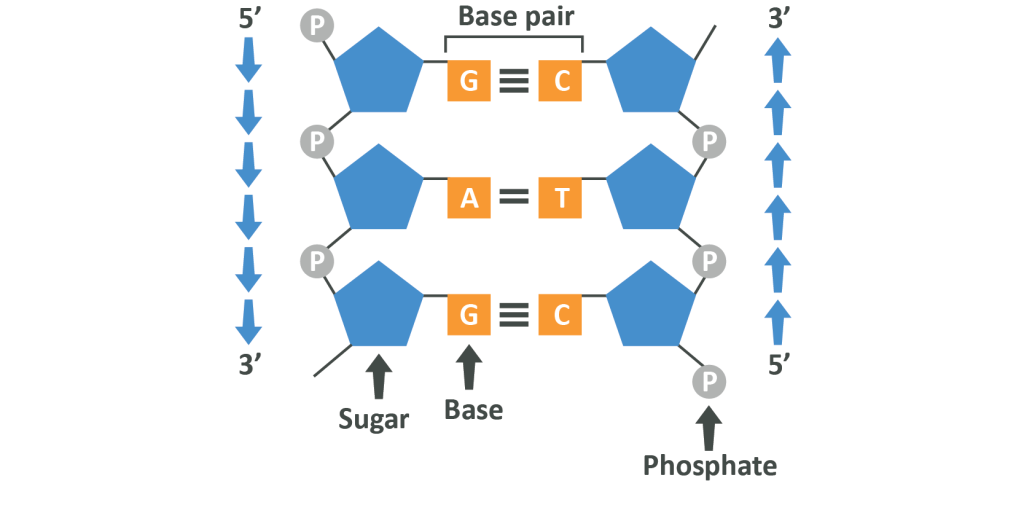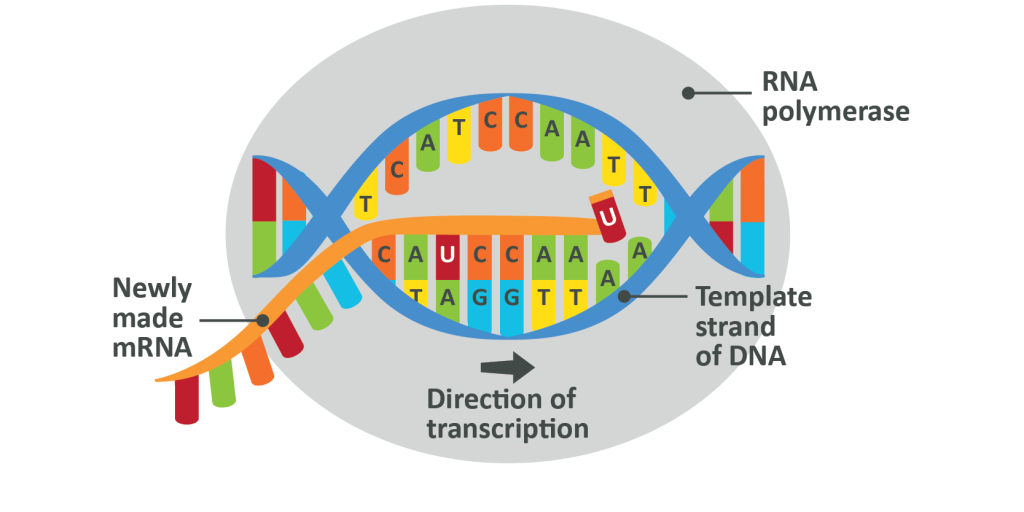The homeostat sleep pathway
The homeostat sleep pathway is the one which makes a great deal more sense from a simple logical standpoint. The longer you have been awake, the more sleep pressure you will experience, but because this pathway works in tandem with the circadian pathway you are able to stay awake during the day despite being fatigued, and you are able to go to sleep at night even if you slept in until 1pm.
Of course, this simplistic view is lacking somewhat – if you are extremely fatigued you are going to struggle to stay awake during the day in any warm, dark, comfortable environment and you may struggle to sleep at night if you take a long nap at 6pm, but the general trend holds true thanks to a combination of both of these factors. Let’s explore the homeostat mechanism, which takes us back to module 2 and ATP.
Adenosine Triphosphate (ATP) is the ‘energy currency’ of the body. We break down glucose and fatty acids to make it, and then we break the weak phosphate bond to release energy to perform functions. This results in ADP and a spare phosphate molecule. Respiration then uses food energy to replace the phosphate and recycle ATP.
However, this isn’t the only possible outcome, though. Adenylate kinase is an enzyme which can take a phosphate from 1 ADP and add it to another, leaving 1 Adenosine with only 1 phosphate – this is Adenosine Monophosphate (AMP). ADP can also be broken down to AMP to release energy. This AMP is then broken down into free adenosine by enzymes called ecto-5’-nucleotidase in the cytosol of a cell. Finally, adenosine can be produced by the breakdown of RNA, which is a chain of sub-units similar to DNA, used in various different cellular actions including DNA transcription and translation into proteins.
Adenosine is a nucleoside, meaning that it is a nucleobase linked to a sugar molecule. Nucleobases are the units of DNA code, as you see in the image below.

What you are looking at here is a simplified image of DNA structure. Each side has a number of phosphate molecules (P), linked to a pentagonal shape which represents a sugar, ribose and a base denoted A, T, G or C. This is the DNA code. The ‘A’ stands for adenine (along with guanine, thymine and cytosine – uracil is another nucleobase found only in RNA), which when combined to the ribose sugar becomes adenosine. During protein synthesis, RNA strings are formed when the cell ‘reads’ the DNA code and matches corresponding RNA nucleobases to DNA bases. In the image below, the DNA (blue) is separated from each other and then the RNA (red) is created, unit by unit, in accordance with a very simple pattern (U corresponds to A, A to T, C to G and G to C) by an enzyme called RNA Polymerase in a process called transcription.

This new RNA (called messenger RNA or mRNA) is then used by cellular machinery to piece together amino acids which the DNA ‘codes’ for.
This is not wholly important for our purpose here and you don’t need to remember it, but it should give you an understanding of both the importance of adenosine as a molecule, and the incredible way in which your body is able to use the same few substances to perform a huge number of different functions.